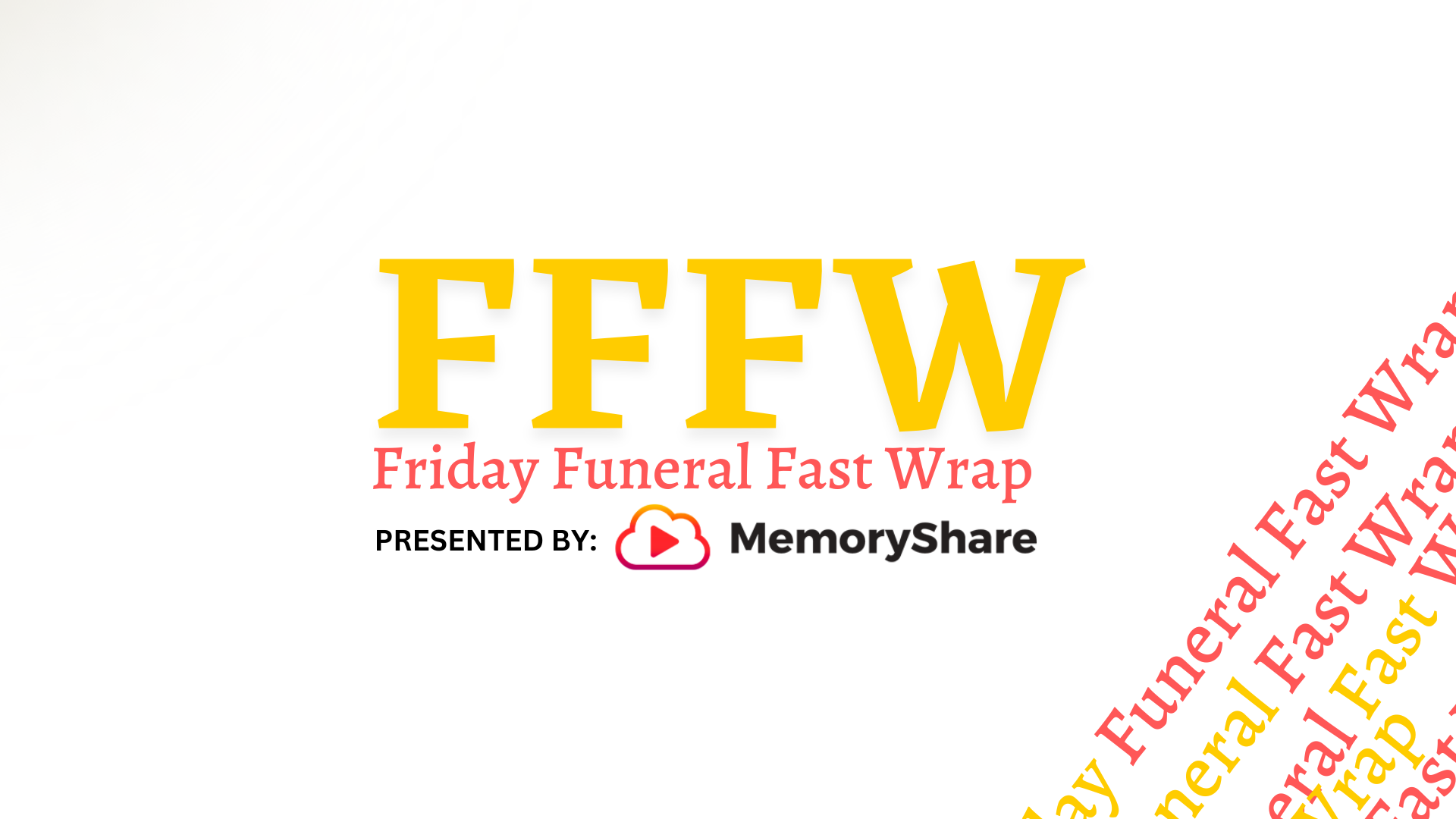Live Streaming Funeral Services: Unsettling or Inevitable?
This summer two popular media outlets — Wired and CBS News — covered the subject of live-streaming funerals. From these features, one might think that broadcasting memorial services over the internet is a new phenomenon. Turns out, many of you were very much ahead of the trend. In fact, Connecting Directors covered the topic of webcasting funeral services way back in 2009.
A 2014 article in The Atlantic on the subject estimated that funeral homes had been webcasting since the late 2000s. This was about the same time YouTube launched its live-streaming service and Zuckerburg introduced Facebook Live. Funeral webcasting service funeralOne has offered their service since 2002. In an industry that the public feels is generations behind in pretty much every area, this is an interesting finding.
Why webcast?
According to TribuCast, a funeral live-streaming company based in Connecticut, nine out of 10 memorial services today “have loved ones who are unable to attend.” This probably comes as no surprise given today’s mobile society. More people are moving away from the places where they grew up, leaving loved ones behind. In addition to distance limitations, some would-be attendees are home-bound due to health reasons. These are some of the same motivations that prompted churches to start live-streaming their services years ago.
Live-streaming a funeral allows anyone with access to watch a memorial service in real time. It also preserves the recording for those who were there in person to watch later. Predictably, people have mixed opinions on how webcast funerals affect the grieving process. In 2014, one expert told The Atlantic that webcasting makes death “more visible by bringing it quite literally into our homes.”
However, in a 2017 survey conducted in the UK by insurance provider Royal London, 49% of respondents said they would not watch a live-streamed funeral online. More than half said watching a webcast would be “insensitive or morbid,” while four in 10 “did not believe it would capture the emotions and sentiment of being there in person.” One-third felt they “wouldn’t be able to grieve or process their grief in the same way.”
Webcasting 101
NFDA president-elect R. Bryant Hightower estimated that about 20% of funeral homes offer live-streaming services today. In 2014, the NFDA introduced a group webcasting license to complement its existing music license. The NFDA webcasting license allows funeral homes to legally broadcast over the internet funeral services that include copyrighted music.
Advances in technology have made live-streaming systems easier to set up and more reliable than ever. In the past, spotty internet access, clunky cameras, and a general lack of expertise made offering webcasting more of a hassle than a benefit.
Today’s funeral homes have more options, from DIY systems to contracting with companies like FuneralOne, OneRoom, or TribuCast. These firms offer features customized for funeral home live streams, like online guest books, photographs, videos, obituaries, and more.
However, a simple setup with a well-positioned iPhone, tablet, or digital camera, accompanied by a monthly subscription to a service like Vimeo’s Livestream or DaCast will work just fine. While some businesses opt for one stationary camera in the chapel, others will set up live-streaming from any service location, including graveside. Funeral homes’ charges for live-streaming service vary, from zero to around $300.
To share or not to share
Most funeral homes embed these broadcasts on their websites and offer families the option of making them private or public. Private live streams could require a special link or password to access the video.
NFDA’s Hightower expressed concern about the privacy issues involved with watching others grieve in real time.
“There is some reluctance of families to air their grief over the internet,” Hightower told CBS News. “They didn’t want to be portrayed in an unfavorable light in times of emotion, stress, and grief. Sometimes it’s unpredictable as to how they will act, so to throw it out there with the unknown of how it will unfold is unnerving.”




